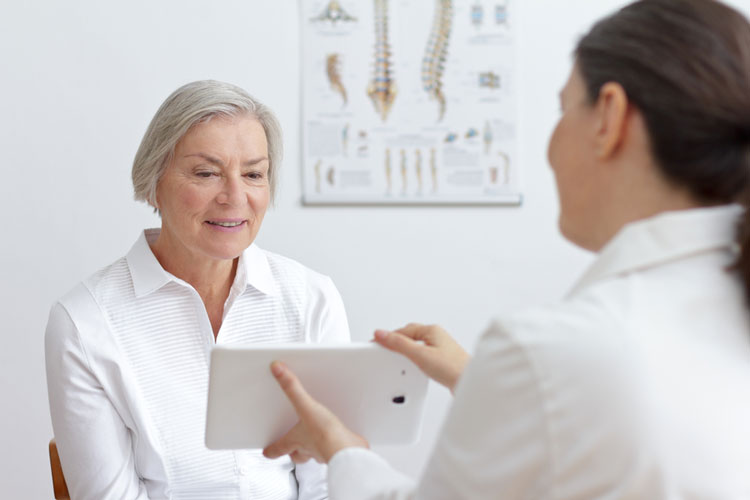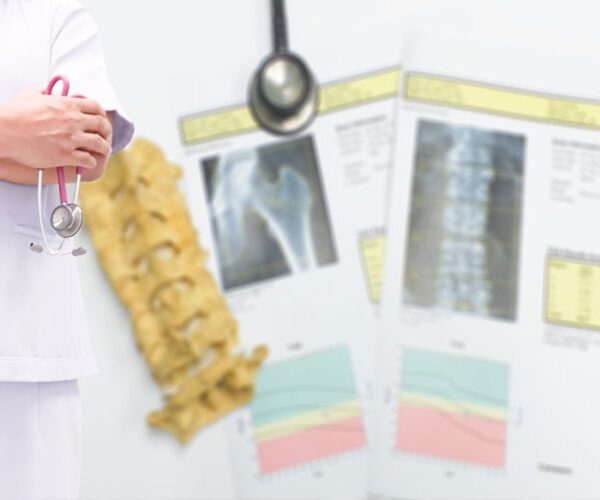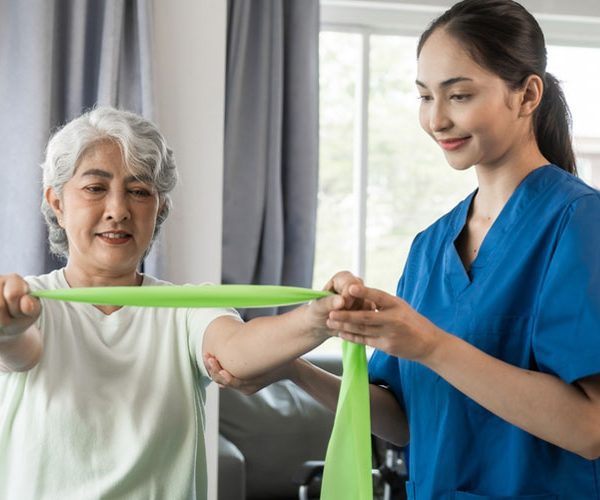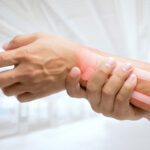Osteoporosis is a condition that affects millions of women worldwide. It is a disease characterized by a decrease in bone mass and density, which leads to an increased risk of fractures. The prevalence of osteoporosis increases with age, and women are at a higher risk than men. The disease is often referred to as a “silent disease” because there are no symptoms until a fracture occurs. Therefore, osteoporosis screening for early detection is key in preventing fractures and other complications associated with osteoporosis.
One way to detect osteoporosis is through a bone density test screening. The Healthcare Effectiveness Data and Information Set (HEDIS)® is a set of quality measures that healthcare stakeholders use to evaluate the performance of health plans and providers. These measures include two osteoporosis related assessments that incorporate bone density screening. The measure OSW, or Osteoporosis Screening in Older Women, assesses the percentage of women 65–75 who receive osteoporosis screening. While OMW, Osteoporosis Management in Women Who Had a Fracture, assesses women 67–85 who suffered a fracture and who had either a bone density test or a prescription for a drug to treat osteoporosis in the six months after the fracture.
Providers are encouraged to follow these screening and treatment guidelines to ensure that patients receive appropriate care. Portable bone density scanners are a great tool for detecting osteoporosis because these screening devices use ultrasound technology to measure bone density, providing a quick and convenient alternative to DXA scans. These devices can be used in community-based settings to increase accessibility and convenience for patients.
Osteoporosis screening is an important component of comprehensive women’s health. Not only can it detect osteoporosis, but it can also identify other health issues, such as thyroid disorders and kidney disease, which may contribute to bone loss. The screening can also reveal modifiable risk factors, such as low calcium intake, smoking, and sedentary lifestyle, which can be addressed through lifestyle changes and pharmacotherapy to prevent further bone loss.
Maintaining strong bones is essential for overall health, especially as women age. Some steps that patients can take to maintain healthy bones include consuming a diet rich in calcium and vitamin D, engaging in regular exercise, avoiding smoking and excessive alcohol consumption, and getting regular bone density screenings. The National Osteoporosis Foundation recommends that women over the age of 50 get a bone density screening every two years.
In addition to these lifestyle changes, pharmacotherapy may be recommended for women with osteoporosis or at high risk of developing osteoporosis. There are several medications available that can help to prevent further bone loss and reduce the risk of fractures. These medications are often used in combination with lifestyle changes to provide the best possible outcomes for patients.
Osteoporosis screening is an important component of comprehensive women’s health. Through addressing the HEDIS measures (both OSW and OMW), healthcare providers can ensure that patients receive appropriate care and that potential health issues are identified early. Patients can also take steps to maintain strong bones and reduce the risk of fractures through lifestyle changes and pharmacotherapy. It is important for women to prioritize their bone health, especially as they age, to maintain overall health and well-being.
References:
National Osteoporosis Foundation. (n.d.). Clinician’s guide to prevention and treatment of osteoporosis. Retrieved from https://www.ncbi.nlm.nih.gov/pmc/articles/PMC4176573/.
National Committee for Quality Assurance (n.d.). HEDIS Measures and Technical Resources. Retrieved from https://www.ncqa.org/hedis/measures/.
World Health Organization. (2018). Assessment of fracture risk and its application to screening for postmenopausal osteoporosis: Report of a WHO Study Group. Retrieved from https://pubmed.ncbi.nlm.nih.gov/7696835/.











